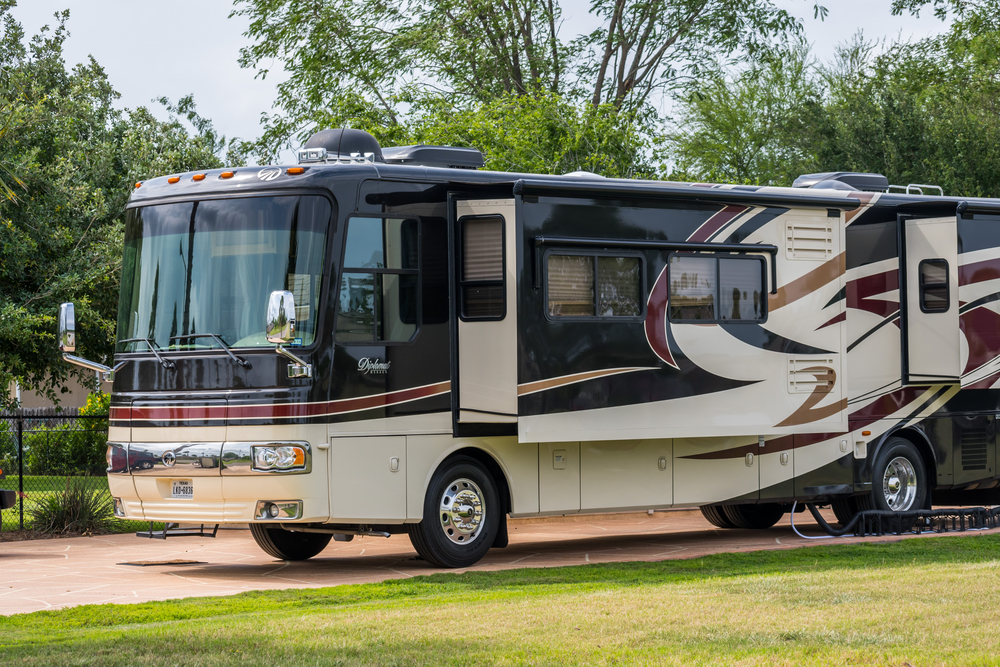If you’re thinking of purchasing an RV, it’s essential to consider the maintenance that comes with it. Maintaining an RV can be a lot of work, but it’s necessary to keep your vehicle in top condition for safe and comfortable travel. In this article, we’ll provide you with an overview of the maintenance required for an RV, and some tips to help you keep your RV in excellent condition.
Regular Maintenance Tasks
An RV is essentially a home on wheels, and just like any other home, it requires regular maintenance. Some of the most crucial maintenance tasks include:
- Cleaning – Regular cleaning is essential to keep your RV in top condition. You should clean both the inside and outside of your RV regularly, especially after each trip. This includes washing the exterior, cleaning the interior, and sanitizing the kitchen and bathroom areas.
- Checking the Tires – Checking the tire pressure and ensuring that the tires are in good condition is critical for safe travel. Tires should be replaced every six years, even if they appear to be in good condition.
- Checking the Brakes – The brakes on an RV should be checked and serviced regularly to ensure they’re functioning correctly. This includes checking the brake pads, calipers, and brake fluid.
- Changing the Oil – Just like a car, an RV requires regular oil changes to keep the engine running smoothly. You should change the oil and oil filter every 3,000 to 5,000 miles.
- Inspecting the Batteries – The batteries in your RV should be checked regularly to ensure they’re holding a charge. You should also check the battery terminals for corrosion and clean them as necessary.
- Checking the Propane System – If your RV uses propane, you should have the system checked annually to ensure it’s functioning correctly.
- Inspecting the Roof – The roof of your RV should be inspected regularly for signs of damage, such as cracks or leaks. You should also clean the roof regularly to prevent dirt and debris from accumulating.
These are just a few of the regular maintenance tasks required for an RV. Other tasks may include checking the generator, inspecting the electrical system, and inspecting the plumbing system.
Tips for Keeping Your RV in Excellent Condition
In addition to regular maintenance tasks, there are several tips you can follow to keep your RV in excellent condition:
- Keep Your RV Covered – If possible, store your RV in a covered area when not in use. This will help protect it from the elements and prevent damage from UV rays.
- Use RV-Specific Cleaning Products – When cleaning your RV, be sure to use products specifically designed for use on RVs. This will help prevent damage to the exterior and interior of your RV.
- Check for Water Damage – Water damage can be a significant issue for RVs. Be sure to inspect your RV regularly for signs of water damage, such as soft spots on the floor or walls.
- Take Care When Parking – When parking your RV, be sure to choose a level and stable surface. This will help prevent damage to the tires and suspension.
- Follow the Manufacturer’s Maintenance Schedule – The manufacturer’s maintenance schedule will provide you with guidelines for when to perform regular maintenance tasks. Be sure to follow this schedule to keep your RV in excellent condition.
Maintaining an RV can be a lot of work, but it’s essential to keep your vehicle in top condition for safe and comfortable travel. Regular maintenance tasks include cleaning, checking the tires and brakes, changing the oil, inspecting the batteries, checking the propane system, and inspecting the roof. In addition, there are several tips you can follow to keep your RV in excellent condition, such as using RV-specific cleaning products.
If you’re in need of RV repair services in San Diego, Lozick Pit Crew is here to help. Our team of experts is dedicated to keeping your RV running like new. Don’t let a malfunctioning RV ruin your trip – contact us today at (619) 704-4960 or online to schedule an appointment. Let Lozick Pit Crew take care of all your RV repair needs so you can get back to enjoying your travels.

